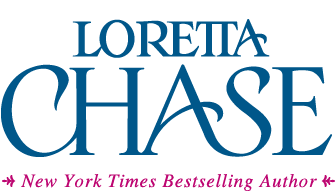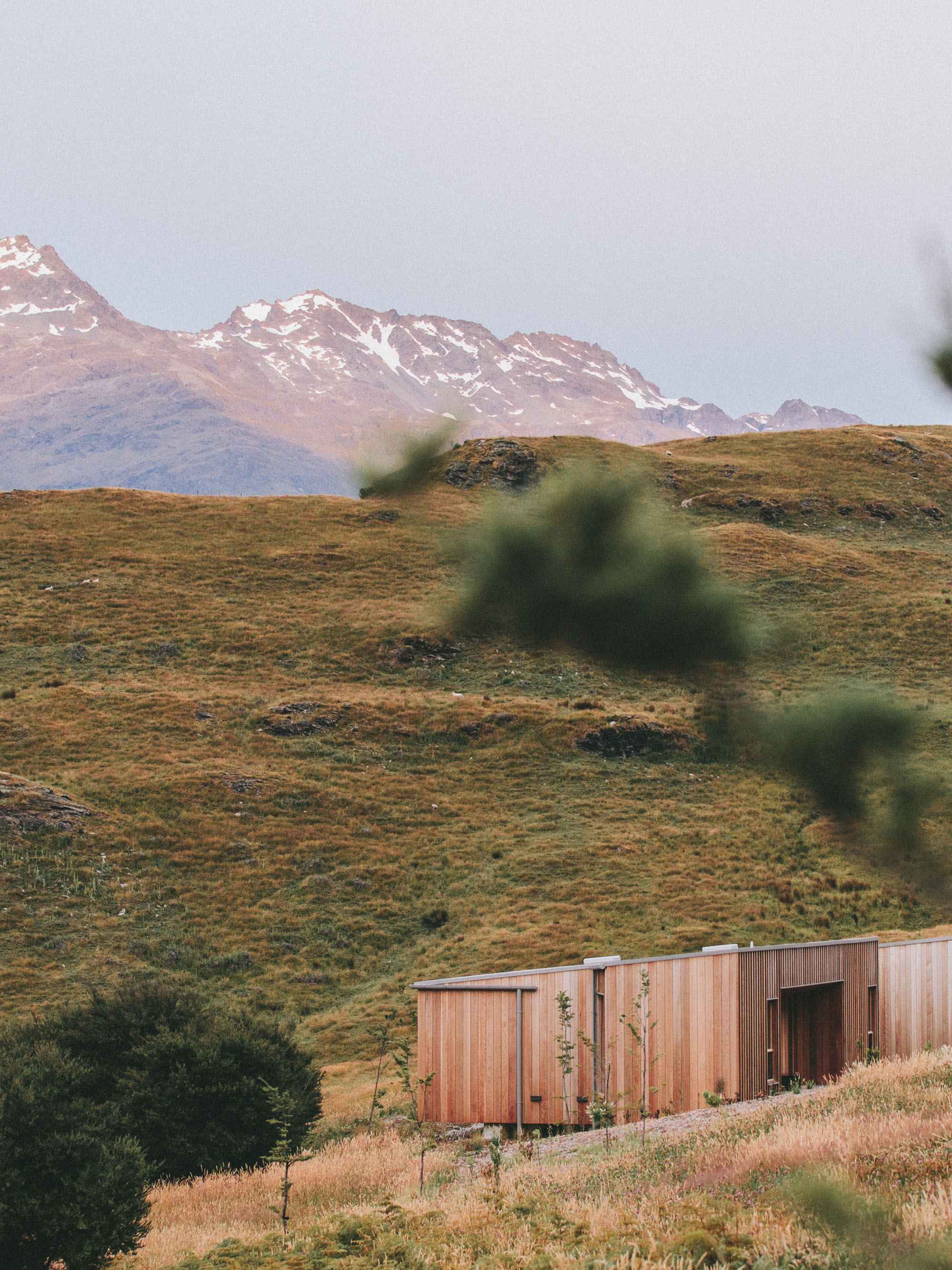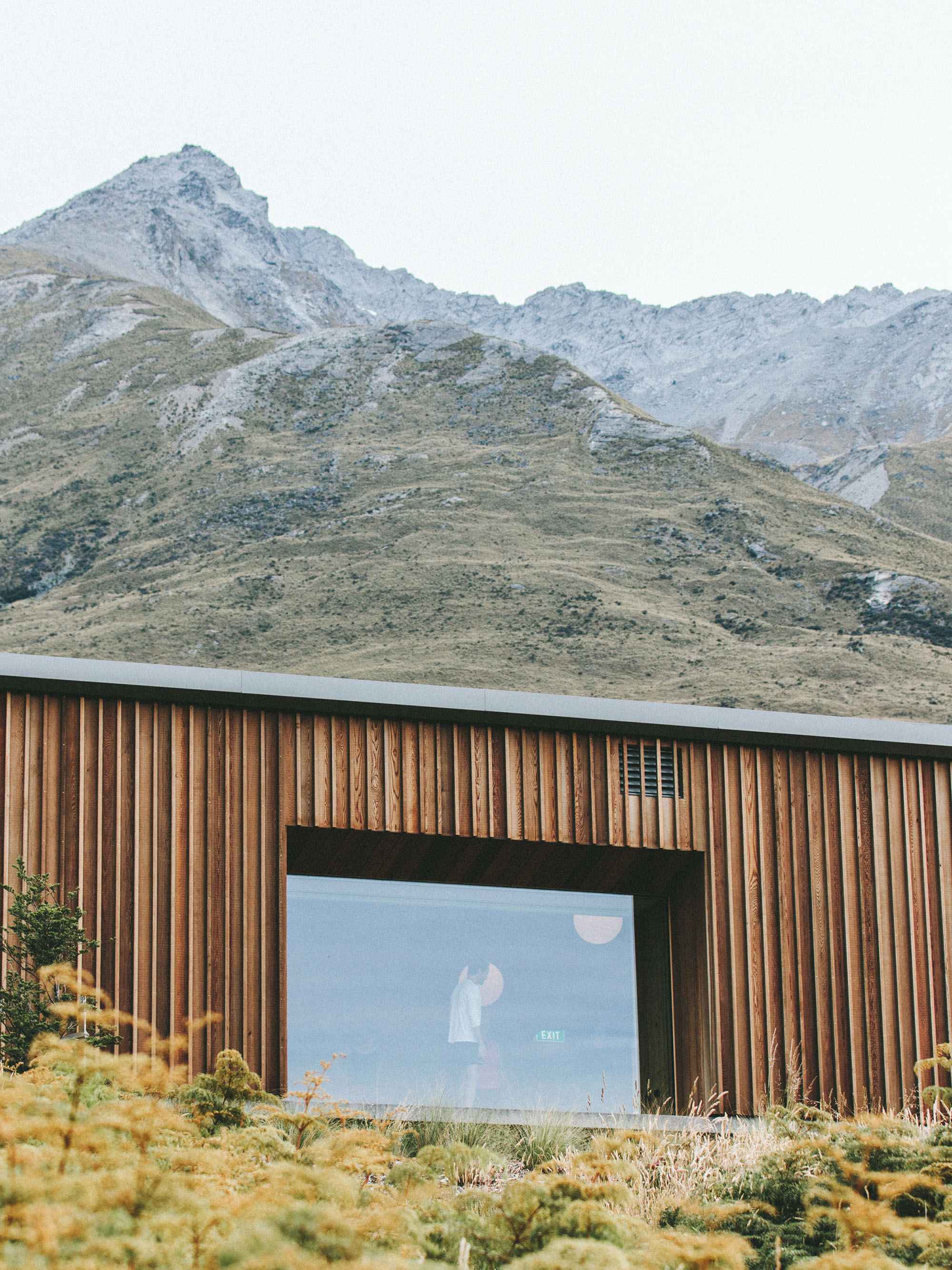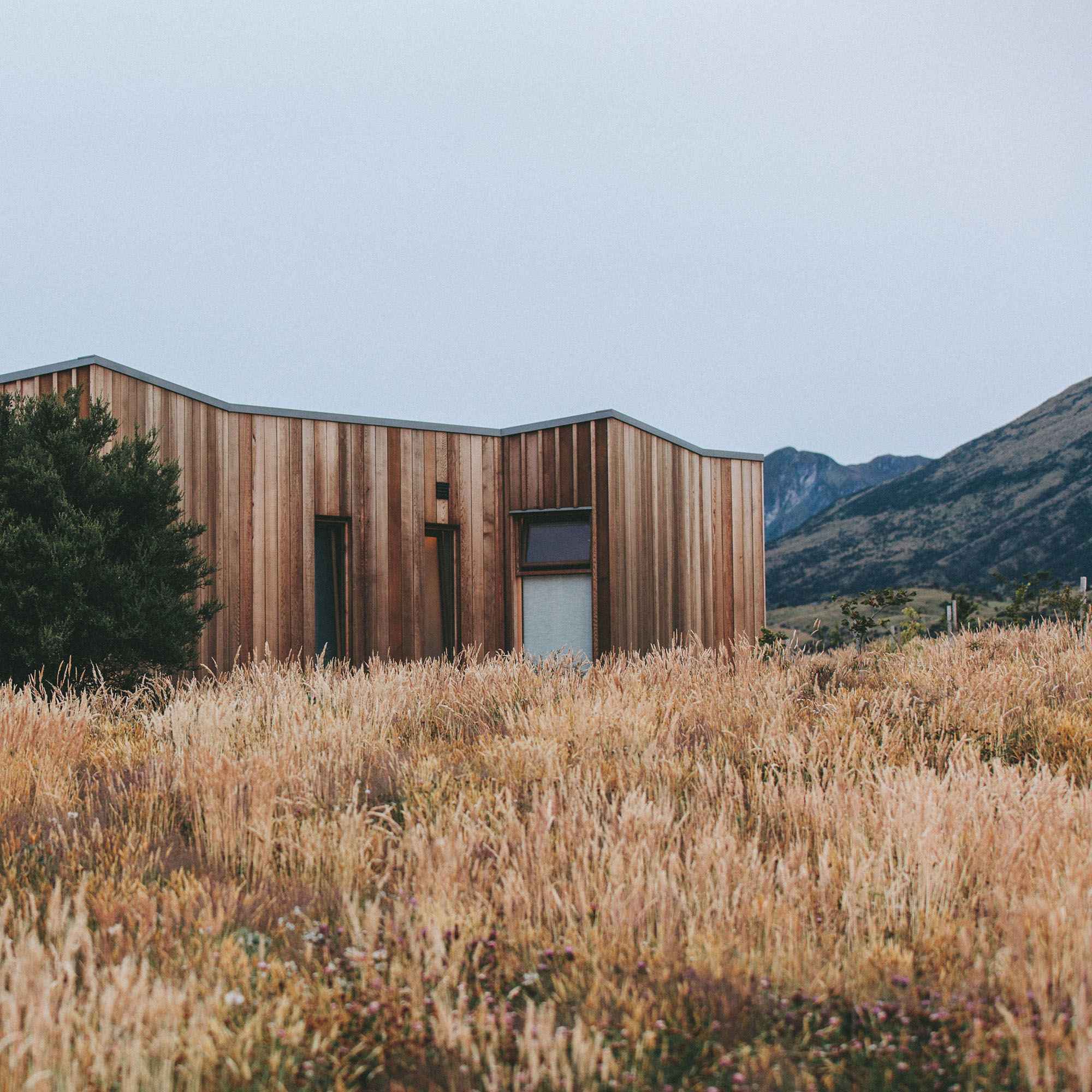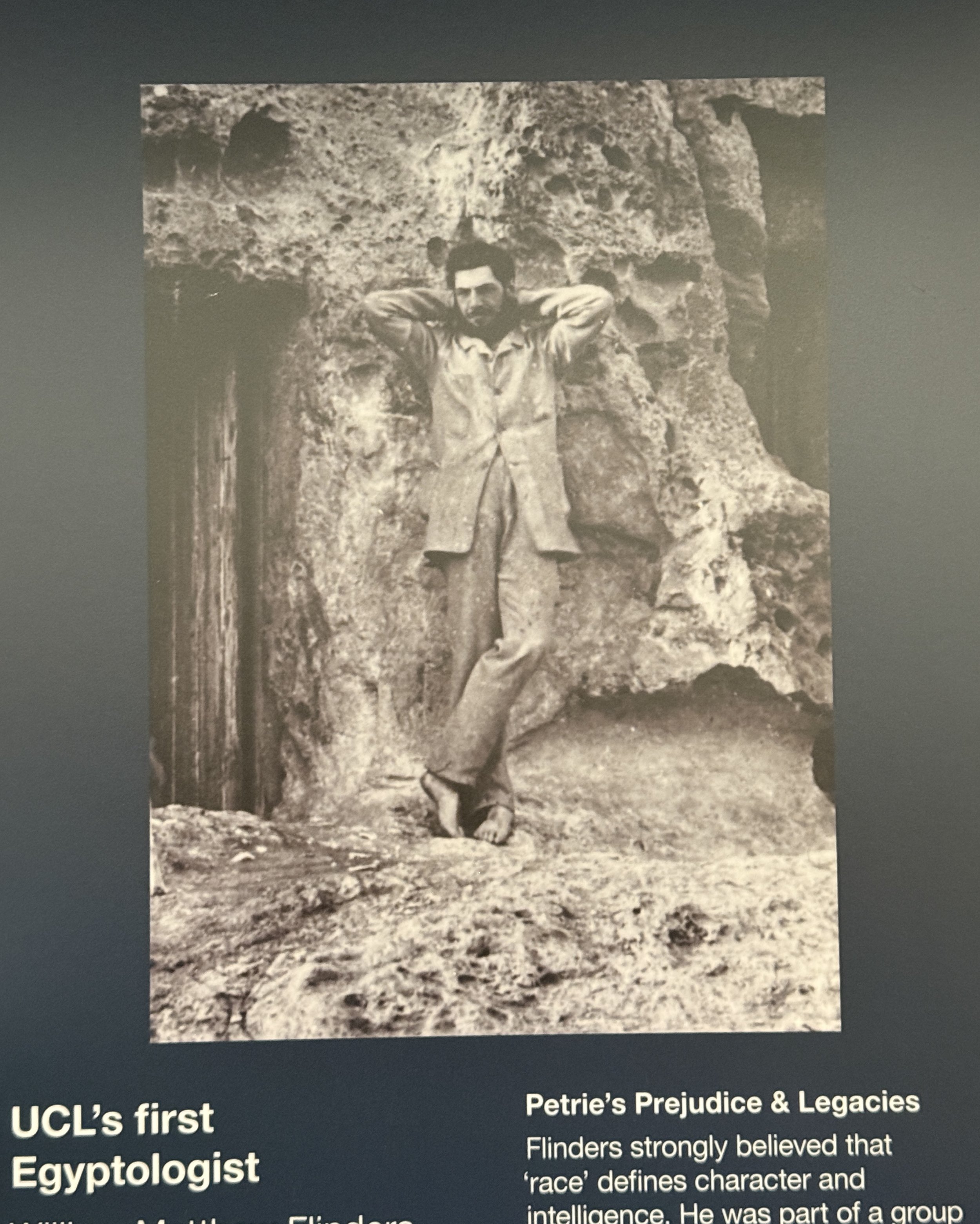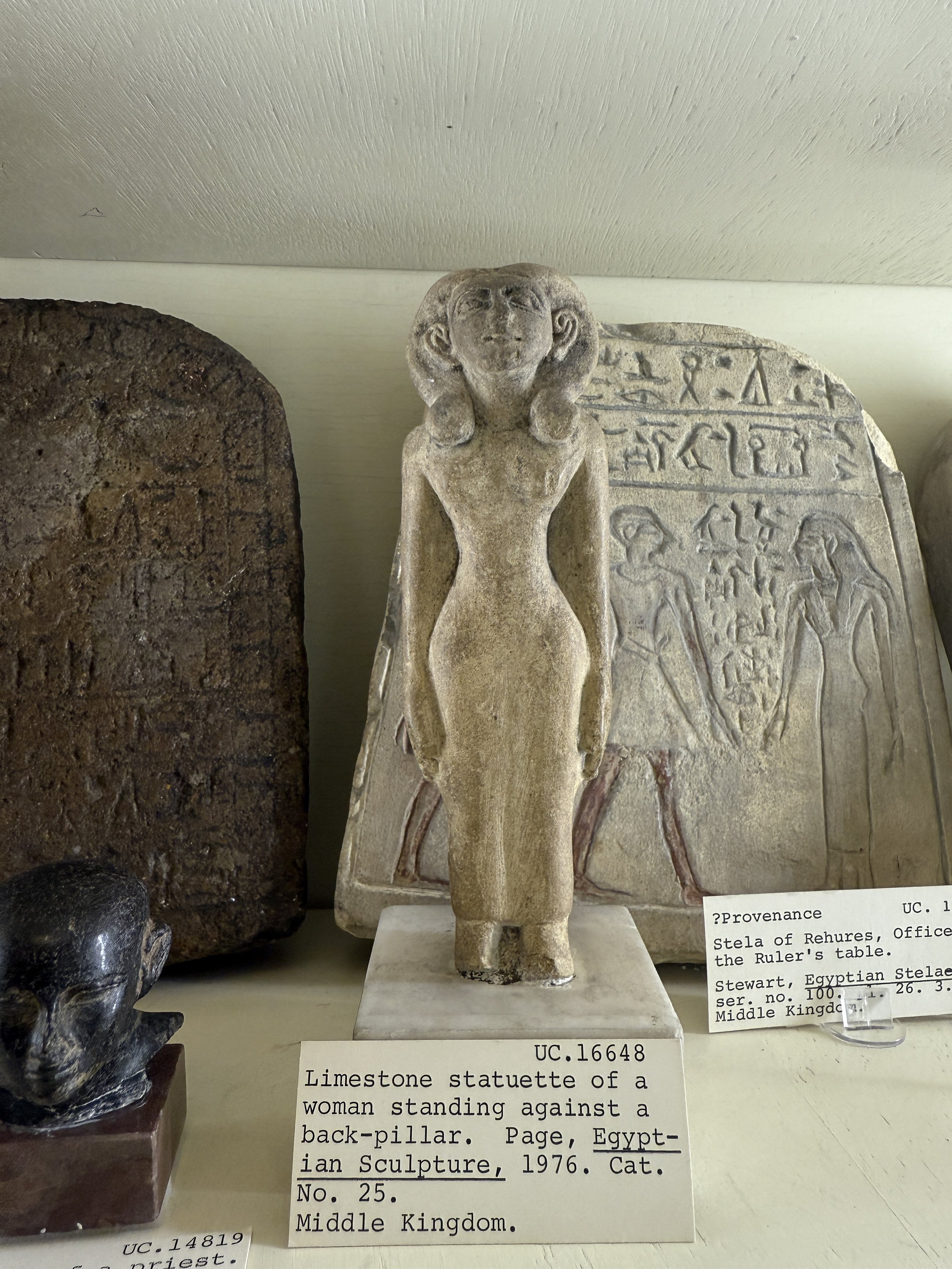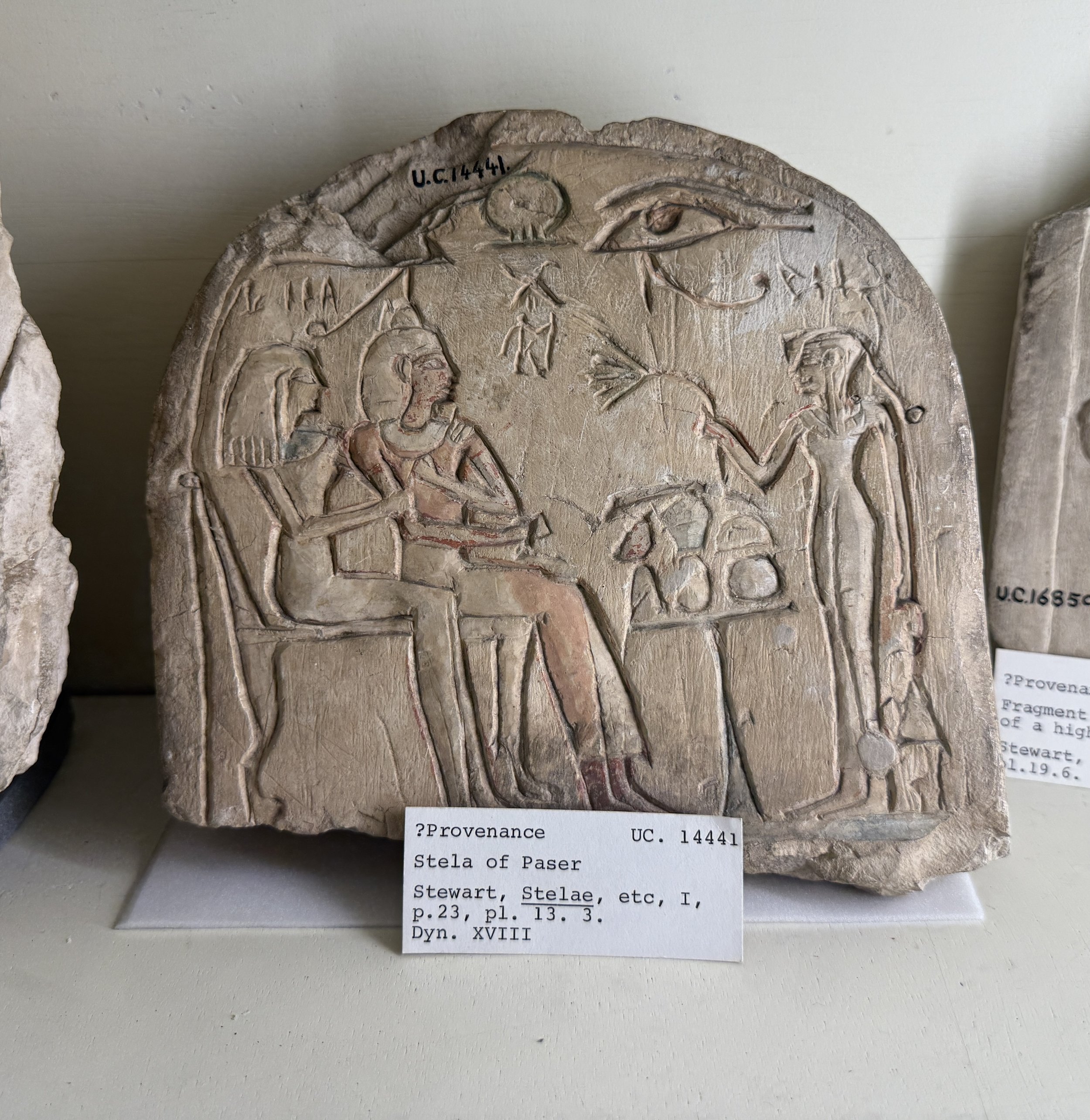A view of the bedroom in which Queen Victoria was born, in 1819.
My favorite book about Queen Victoria is Gillian Gill’s We Two, which is mainly about her marriage (the subtitle is Victoria and Albert: Rulers, Partners, Rivals), but also does a wonderful job of telling the story of how she came to be heir to the throne and what her childhood was like. The best biographies read like good fiction, and this book falls into that category.
Kensington Palace, like so many other of my London destinations, has much more to offer than one can see in a day. I focused on Queen Victoria primarily: the part of the palace in which she was born and grew up—and from which she quickly departed when she became Queen of England. She couldn’t wait to get out of the place, and, aware of her story, one can’t blame her.
Still, her mother loved her dearly, as gifts and notes attest, and while the young princess rarely enjoyed the company of other children (not to mention many of her English relatives), she did have some nice playthings. For more information about her life, I highly recommend the book. For now, I’m just going to share some bits of the world she lived in. I believe that seeing items like these give us a little better understanding of Victoria as a human being, a little girl, an adolescent. I’ll touch on her later life in another blog post.
The cards explain the photos, for the most part, but I’ll add a couple of notes. Victoria’s Uncle Leopold had been married to the Princess Charlotte, King George IV’s only legitimate child. There’s quite a bit about him in We Two, and I often wonder if, had Charlotte not died in childbirth, he would have been the same sort of Prince Consort as his nephew Albert. In any case, Leopold became the first King of the Belgians in 1831. He married again in 1832. This picture of his bride, Louise of Orléans, appeared in numerous ladies’ magazines that year.
As I’ve mentioned before, photographing works of art in museums and historic sites can be challenging, mainly because of lighting conditions. You can get a non-glare view of the painting of thirteen-year-old Princess Victoria here at the Royal Collection Trust.
